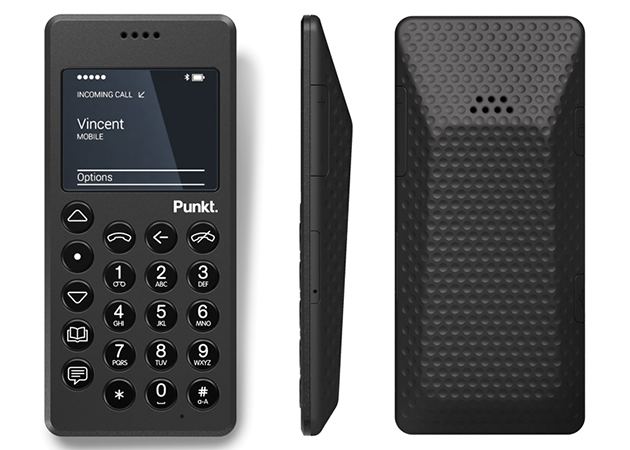
When the first telephone was patented by Alexander Bell in 1876, despite all imagination and possible futurologist thinking of the time, scarcely anyone could have predicted that – a hundred and forty years later – it would have become such an epoch-defining device. In many aspects, telephones are currently at the forefront of innovation, with their use spanning areas like medicine, for early diagnosis and to help patients attain to therapies, to everyday life, to order food, book train tickets and flights or engage with artwork in museums. Telephones and related technologies are central to economic growth, while sheer existence of infrastructure necessary for their use speaks volumes about the level of development in society.
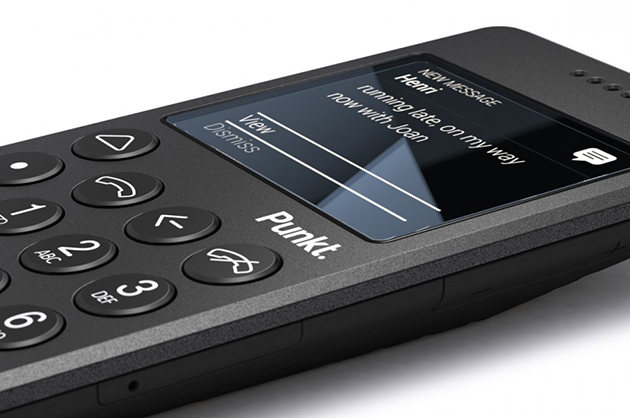
Due largely to Apple’s revolutionary yet secretive attitude towards product development, telephone design seems almost an alchemical process involving careful combination of perfectly studied curves, subliminal sounds and elusive tactile qualities. The resulting concoction gives origin to not only a beautiful material product, but – as we are able to witness daily – to a whole set of new habits, social relationships and values, that were morphed by and evolve with our phones’ titanium, glass and plastic shells.
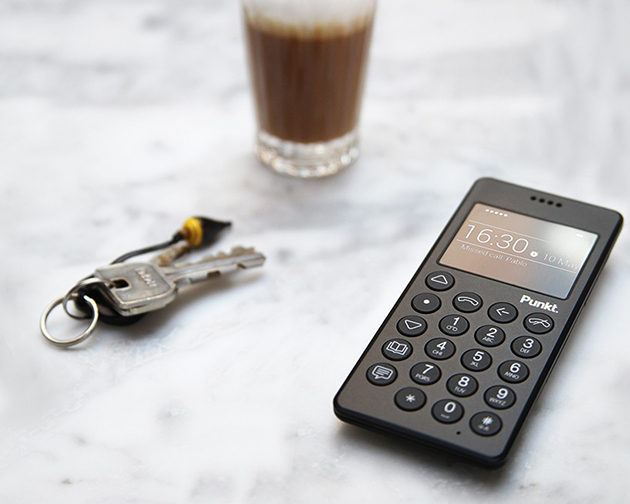
Despite smartphones’ addictiveness – both on social, cultural, economic and personal levels – a brave new product aims at reforming the very culture of telephone use we have acquired over the years, bringing it back to its original – and today archaic – functionality. Punkt, designed by Jasper Morrison, is the simplest of mobile phones. Its design could be described as minimal, defined by a black plastic shell, rectangular shape, well-rounded edges and round, easily identifiable keys. Were it not for the year of its release, Punkt would be nothing else but an unassuming mobile – or cordless – phone. And thus, what is revolutionary in Punkt is not its design per se, but the context within which it is being framed, that allows its design to make a subtle, ironic point about its use. Namely, it shows that products like Punkt have for a long time been obsolete.
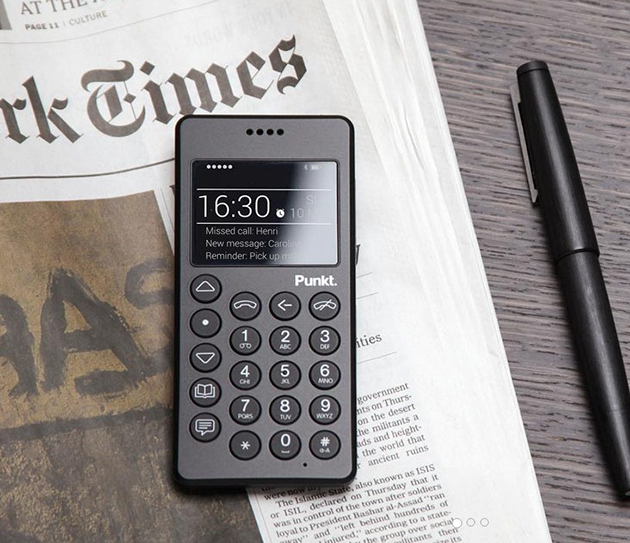
For such a product, it was only natural that the company would commission Jasper Morrison to develop its design. Know for his “supernatural” approach to designing, Jasper Morrison is a proponent of undesigned design as creation of objects that look immutable, as if they’d been the same for centuries. He is the designer of archetypes – objects that will unlikely require a redesign in the near future and which seem to stand at the origin of an object category and their specific form. Punkt was designed to defy the current trends on the market. It can only serve two functions – make calls or send text messages – and such reduced, austere functionality – austere, that is, if compared to current smartphones and their functional exuberance – is reflected in its strict black shell. Punkt mobile phone, in fact, looks as if it were almost physically uncomfortable to use. And yet, when you pick it up, its carved volume and slightly rugged surface fits perfectly, seamlessly into your hand, anticipating the straightforwardness of its ‘archaic’ use. It invites you to hold it up close to your ear, rather than blankly stare at its screen.
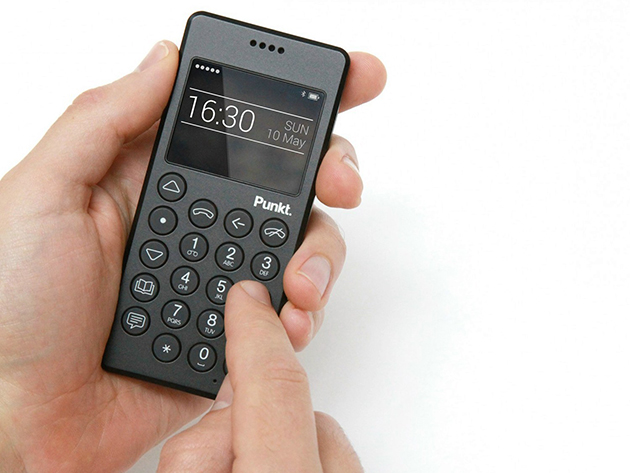
But what is the point of Punkt beyond an obvious defiance of current market trends? Can its users surpass contemporary social pressures? Can its design help to make us a bit less intoxicated by all that is digital? Morrison’s intent was certainly not to make ‘classic’ telephone use appear sexy, glamorous or fashionably appealing; Punkt’s shell is not bright yellow or clad in rose gold. As such, Punkt is perhaps bound to remain just a utopian proposition – an object designed to speak about design and the values it confers when it is nothing more than what it is.
Rujana Rebernjak – The Blogazine
